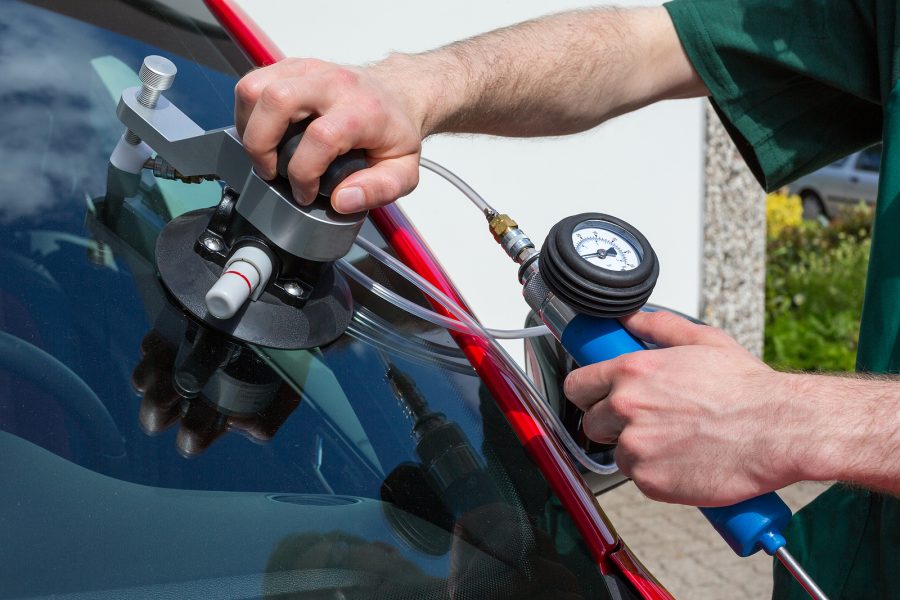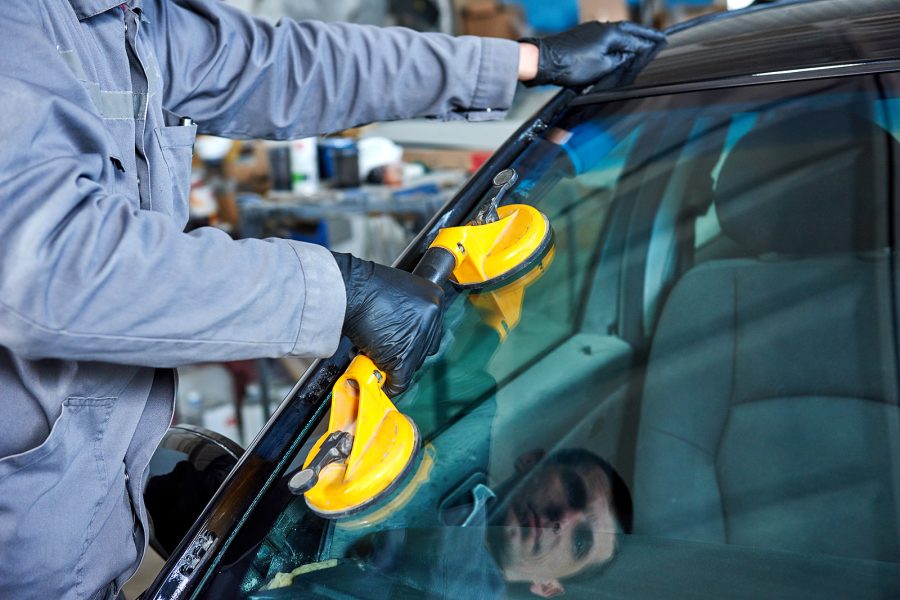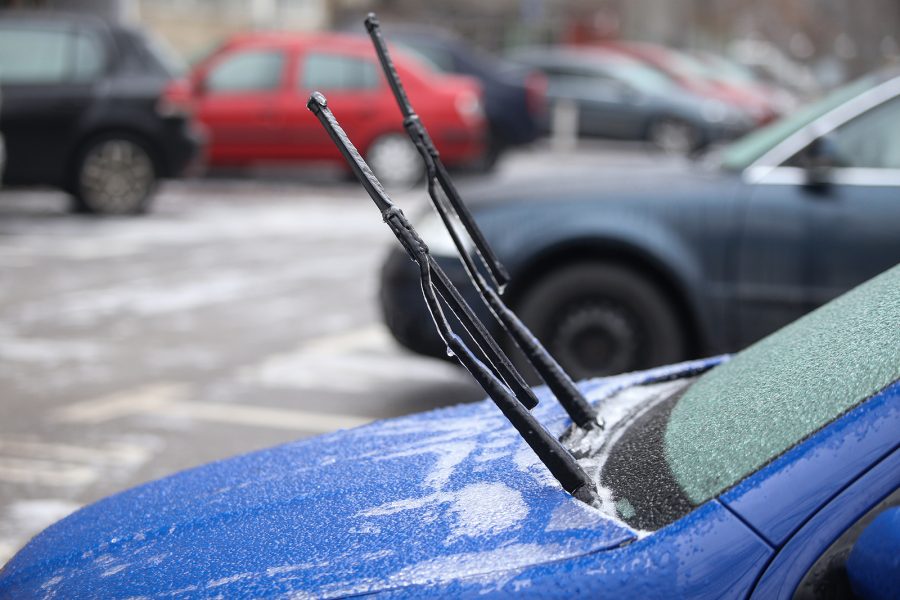There are many obvious times for drivers to get a new windscreen fitted, such as when it has been completely smashed or when such a large crack has appeared that it is only a matter of time before it disintegrates, not to mention a potential visual impediment.
However, sometimes it can seem like the situation is a little more ambiguous. If, for instance, there is just a small chip, can that safely be ignored? Will it survive through the frozen conditions of the coldest winter days?
The AA offers seasonal advice to drivers to deal with the specific issues that apply in each particular part of the year. When it comes to autumn, it lists chips and scratches as a significant issue, as these can harm visibility by increasing glare.
Of course, glare won’t apply when it is a dull rainy afternoon, but it is the case when the sun is low and also when it is dark and you are driving around in the reflection of other cars’ lights. Remember that if poor visibility caused by faults in your windshield leads to a road accident, you can be prosecuted.
All this is before the much greater challenges of winter driving kick in. The AA advice again reiterates the importance of keeping the windscreen clear, especially as it can get frosted up or covered in snow. You will need to keep an ice scraper handy at all times.
Most critically, freeze-thaw can kick in during cold weather. Water expands below four degrees C, but this is most significant when it turns to ice. In nature, this is useful because it fractures rocks and releases nutrients into the soil. On a car windscreen, it turns small cracks into big ones and will soon break the windscreen.
If you have a small chip or crack, there may be ways it can be repaired by a windscreen specialist, but often there really is no choice but to replace it – or face more serious consequences in due course.









